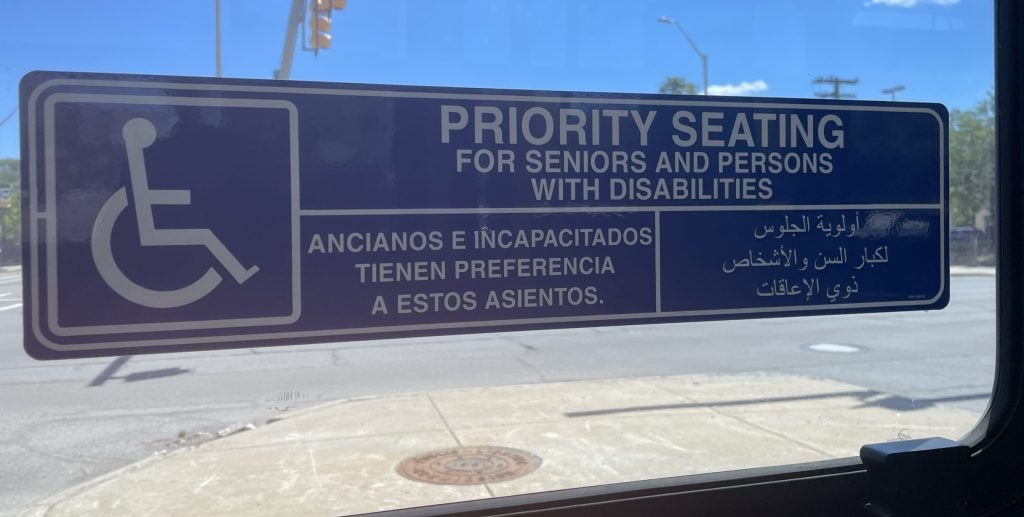Communities come in all shapes and forms. My site works in a predominantly Hispanic community called Southwest Detroit. Right next to this area is Dearborn, a city outside of Detroit that is predominately Muslim. I find it interesting how organizations doing outreach to residents handle these types of communities that speak multiple languages. One way I saw successful outreach done was on the public buses which have signs in English, Arabic, and Spanish (pictured above). Where I’m from, New Orleans, there are signs like this in English, Spanish, and Vietnamese because there is a large Vietnamese population there. These signs are clear examples of inclusion and particularly when organizations truly understand the population they serve.
When talking with my supervisors at work, we often discusses how language barriers and can affect more than just attendance numbers at an event. These barriers can affect the entire foundation of relationship building, as they can cause feelings of distrust and lack of unity. When the community is left out from a program designed to engage them, you wonder really who was this program designed for. Was it really for residents or just created to check off some box about community work? I’ve learned through working with Southwest Detroit Environmental Vision that organizations must do their research and understand the specific culture of a community, including language, practices, and needs in order to truly form meaningful relationships. Now that I’ve learned this, I see unsuccessful and successful instances of inclusion everywhere. This has been one of the most important perspectives that I have gained and now whenever I do outreach I implement inclusive practices in whatever I am doing.
-Aminata Ndiaye




Really interesting how language is so important to successful outreach! It’s good that you and your supervisors regularly have conversations about how to lower language barriers. I hope that these new perspectives help you do successful outreach in the future.
Aminata, I loved reading this. I think you are so spot on about how it can’t just be about checking a box to build respectful and meaningful connections. Inclusivity has to be a thoughtful practice and not a buzz-word people want to tack on to initiatives without engaging the impacted people. It’s really cool that you’re using that perspective to analyze what you see around you.
I feel like this is a really important conversation to have. I actually lived in Dearborn for the first 18 years of my life, but, even though I was always surrounded by people speaking in Arabic, it was rare for me to see signs in stores or public facilities in anything other than English. That’s a little bizarre, isn’t it? That a community wouldn’t cater to such a significant demographic of its population? It’s something that we need to make more of an effort to do, not just in community work, but in general.